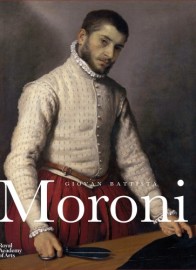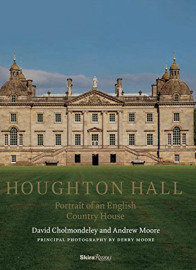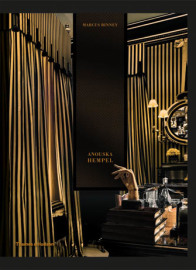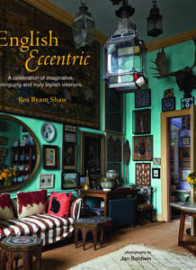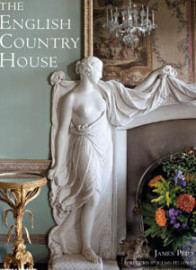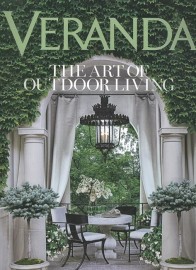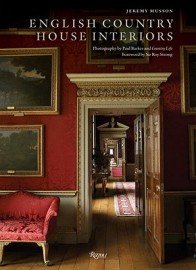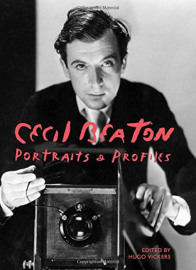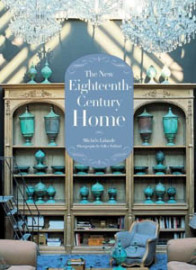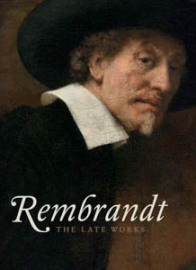An Exclusive Interview with the original ‘lifestyle guru’ Sir Terence Conran, who has successfully been supplying what we want for five decades
Terence Conran has uniquely dominated design in Britain for the past five decades. He has influenced the course of British design not only as a designer, design reformer and patron but also as an entrepreneur, retailer and restaurateur (there are currently over 40 restaurants internationally). Conran has played a key role in the formation of British taste for all things modern starting with the hugely popular Habitat and culminating with the founding of the Design Museum. His current business Conran and Partners, is a design company with interests in product, brand, interior design and architecture. Conran currently designs furniture for Marks & Spencer, J C Penney, Benchmark and The Conran Shop. Lying at the heart of Conran’s philosophy of ‘intelligent design’ was and is the combination of high quality simplicity, and wide availability. In short Terence Conran was one of the first to enable people to have low cost designed furniture in their homes, kickstarting a furniture revolution in the UK.
Conrans latest collection of homewares for M&S
GDC Journal You have played a key role in Britain in making good design accessible to the general public at affordable prices, particularly with the Habitat stores. How did the idea come about?
Sir Terence Conran Starting Habitat was perhaps my single biggest achievement. As a student I learned a lot from the Bauhaus and also from the quality of life people lead in rural France, Italy and Spain. I was also influenced by the Milan Trienalle exhibitions and the work of Charles Eames and the other architects and designers living on the West Coast of America in the ’40s and ’50s.
After leaving the Central School of Art & Design I spent a decade trying to get my designs in the public eye but found it an infuriating process. By the early ’60s I had a fierce conviction that there was a great opportunity for me to sell my designs to a wider domestic audience.
And so began my Habitat ‘experiment’ that allowed me to sell my furniture and textiles and everything else that furnishes the home in an environment that I felt complemented them. Initially I imagined Habitat would be just one shop but it quickly grew to be a phenomenal success and went a long way towards me achieving my ambitions. I have now transferred my energies to The Conran Shop, with stores in London, Paris, New York and Tokyo.
GDC Journal Habitat was unusual in having an ‘ethos’ for its products and overall image. What is at the heart of your design philosophy?
Sir Terence Conran Plain, simple and useful is perhaps the best phrase to describe my design philosophy. ‘Ethos’ is an excellent description of what we were aiming to achieve when we started out. Products and environments have a profound influence on our lives and an intelligently designed ‘ethos’ has a good chance of improving the quality of people’s lives. I have always been driven by a desire to offer products and environments that make life easier for people. I also believe that most people don’t know what they want until it is offered to them; and if they see something they like and it is at a price they can afford then they will buy it. I have never tried to produce fashionable or pretentious design that shouts for attention – products should solve problems, fit seamlessly into people’s lives and gain a pleasant patina from use over time.
People often talk of ‘good design’ but that can mean many different things to many people. ‘Intelligent design’ is a phrase that more closely defines the thought and expertise exerted by a trained and experienced designer. It seams fairly obvious that good, or as I prefer to call it, ‘intelligent design’ from an experienced designer can add value to a product. It should make it work better and be more aesthetically pleasing. A designer is able to improve the economic viability by working as a team with the manufacturer and the marketeers. Design and business are completely interlinked – one cannot succeed without the other.
GDC Journal You have been called the original “lifestyle guru” to the British public. What is the motivating factor for you in designing a complete environment?
Sir Terence Conran Design knows no boundaries and attention to detail is paramount. The satisfaction from designing a whole environment comes from knowing that one small detail that is wrong can spoil the pleasure of the whole experience. At Conran & Partners I believe we have a unique approach to projects which we are involved in every part of the process from master-planning, designing the inside and outside of a building, designing the furniture and products and even creating the graphics to support a project. Designing a complete environment is intensely satisfying both for the designer and the user.
GDC Journal What motivated your global approach, which you have had from the start of your career?
Sir Terence Conran I was heavily influenced by early visits to France, Italy and Spain which gave me an international outlook. More so than ever before, designers need to be aware of everything going on in the world and assess its suitability for their own audience. We are increasingly designing for a global market but it is vital to retain national characteristics. I also see a definite trend towards collaborations and the merging of styles such as the LOSA (London South Africa) range that has proved so successful in Europe and America.
GDC Journal The design Museum in London – which you founded – was the first in the world to be dedicated to the promotion and examination of design. What role can such institutions hope to play?
Sir Terence Conran British designers are celebrated all over the world for their creativity and innovation but the real strength of the design industry will always lie in the quality of education. I have always been a great supporter of education in design and believe that it is of fundamental importance, not just in the economic survival of Britain, but also in terms of improving the quality of everyday life. Institutions like the Design Museum are the key. An educated consumer market is the best way to improve the quality of what is designed and made. If people don’t buy badly designed products then manufacturers will not continue to make them.
GDC Journal What does the future hold for design?
Sir Terence Conran What is certain is that design has a huge role to play in our future and will be charged with the responsibility of providing solutions to many of the problems we have tried to sweep under the carpet for too long. Problems such as providing housing for future generations, creating green spaces for our cities to breathe and finding effective and productive methods for the disposal of waste and recycling of materials.
As our cities continue to expand at a phenomenal rate space will emerge as the most precious commodity. The role of architects, designers and town planners will be to challenge traditional notions of how we manage space in the future.
Design will continue to embrace burgeoning technological developments and harness it as a force for good rather than simply accepting every bit of technology as soon as it comes out. As far as I’m concerned technology that makes our lives more complex is a step backwards. All too often people don’t make a balanced judgement on whether something will actually improve our lives.















